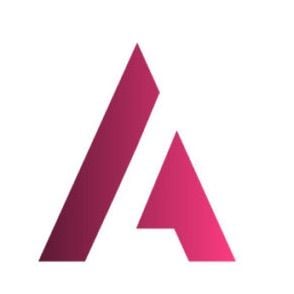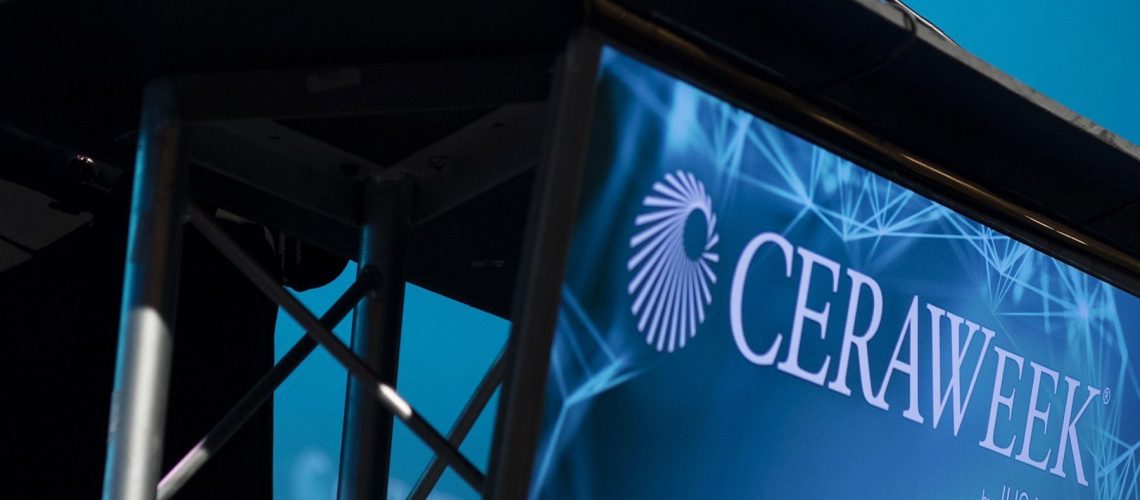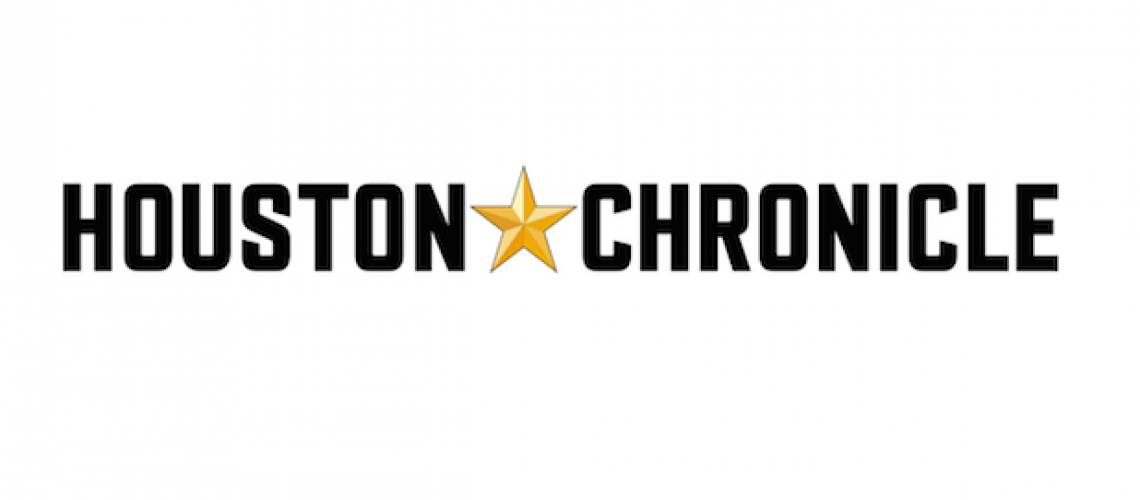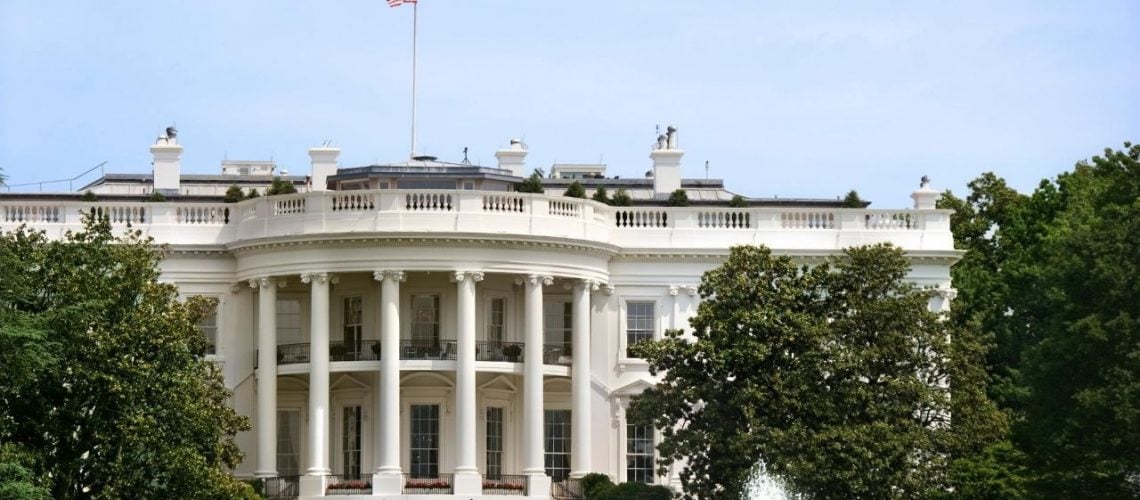Originally published on Bloomberg
By Rachel Adams-Heard, with assistance by Kelly Gilblom
- 16 percent of the speakers at CERAWeek in Houston are women
- That compares to almost 40 percent at SXSW event in Austin
What do oil ministers, rappers and the Winklevoss twins have in common? They’ll all be in Texas this week as two radically different industry conferences kick off in cities just a 50-minute flight apart.
In Austin, Harlem rapper A$AP Rocky and Vox Media Inc. Chief Executive Officer Jim Bankoff fly in for SXSW, formerly a music festival that’s morphed into a celebration of art, tech, commerce and branding excess. In Houston, United Arab Emirates Minister of Energy Suhail Al Mazrouei and BP Plc CEO Bob Dudley meet at CERAWeek by IHS Markit, the Western Hemisphere’s most prestigious oil conference.
One of the glaring differences between the two week-long events is the number of women slated to speak. Of SXSW’s 190 featured speakers, 39 percent are women. In Houston, it’s just 16 percent.
It’s a reflection in part of the lack of female executives in oil and natural gas. Of the top U.S. explorers, only one has a woman as CEO: Vicki Hollub of Occidental Petroleum Corp.
Conferences like CERAWeek may play a key role in changing the ratio by making a concerted effort to add more women to the line-up. IHS Markit, the international consulting group that organizes the conference, said it’s trying. This year, the organizers added a dinnertime panel on women in energy that had previously been an invite-only event.
The organization is allowing companies that help sponsor the conference to extend invitations to three to five of their female employees even if they don’t have tickets for the full week, according to Sue Lena Thompson, who heads CERAWeek’s Women in Energy program for IHS Markit. Those same companies already have two additional passes for women who have never been to CERAWeek to attend the entire conference, which costs about $8,500 a seat.
When it comes to who’s behind the podium, the percentage of female speakers has improved, albeit slightly. Last year, about 15 percent of CERAWeek speakers were women. This year it’s 16 percent.
"It’s slower than any of us would want," Thompson said in an interview Sunday. She said programs like the "Future Energy Leaders," which is 28 percent female, aims to get more women into leadership roles across the industry. Until then, finding senior-level women to take the stage can be a challenge.
"It’s hard to point to anything other than the make-up of the industry," she said. "We certainly sought out women for the program."
Thompson said she’s optimistic the tide is turning and that companies within the industry know they need to do more to promote women within their organizations. She hopes that more men in energy will be exposed to ways to do that now that the conference’s panel on women in the industry isn’t invite-only.
API Reception
It’s not the only agenda item meant to highlight the industry’s shortage of women. The American Petroleum Institute is sponsoring a reception for women in energy at a wine bar and restaurant near the conference’s downtown venue. That event sparked calls to #LetWomenSpeak last year after the first three speakers were men. API said this year’s speakers will be Amanda Eversole, the industry group’s executive vice president, and Maria Claudia Borras, president and CEO of oilfield services for Baker Hughes.
Still, some women say they’d rather see more gender diversity on the main stage, not just on panels and at dinners dedicated to females in the industry.
“You want to go to a conference to hear content on your day job,” Leslie Shockley Beyer, president of the Petroleum Equipment & Services Association, said on the sidelines of the HERWorld conference in Houston last week.
“You don’t want to talk necessarily about women’s issues. You’re trying to get content that’s going to make you better at your day job.”
Leslie Shockley Beyer, PESA President
Thompson shares that goal but says that for now, it’s still a topic that needs a spotlight. "We just are not quite there yet," she said.
Beyer, who’s been in the industry for 10 years, says she’s much more likely to accept speaking invitations if she’s being asked to talk about oilfield services or trade. “I just want to talk about the content of the job,” she said.
When Beyer took the stage at HERWorld, sponsored by the group Pink Petro, it was to talk about energy policy under President Donald Trump. Joined by journalist Bethany McLean and attorney Hillary Holmes, Beyer touched on steel tariffs and oil prices, ending the panel by telling a story about a time when a male supervisor warned her he didn’t like “aggressive women.”
The woman behind the HERWorld conference said it’s her goal to provide a space to discuss everything from supply chains to gender discrimination, given that most industry events are dominated by men.
‘Same People’
“Women are not talking,” said Katie Mehnert, founder and CEO of Pink Petro. “They’re not getting the platform.”
Put yourself in challenging situations and always look for opportunities to grow - @lyke_mary of @P2Energy at #HerWorld19 #balanceforbetter #IWD2019
— ALLY (@ALLYEnergyInc) March 8, 2019
But it’s not just women who attend Mehnert’s conference. Though almost all of this year’s speakers were women, 30 percent of attendees were men, according to Mehnert. That’s double the rate at last year’s event.
Mehnert said she hopes mainstream industry conferences will aim to grow their gender diversity at a similar pace.
“Generally they have the same people talking about the same things,” she said. “I have not been to an event where I go, ‘Wow, they got it right.’”





